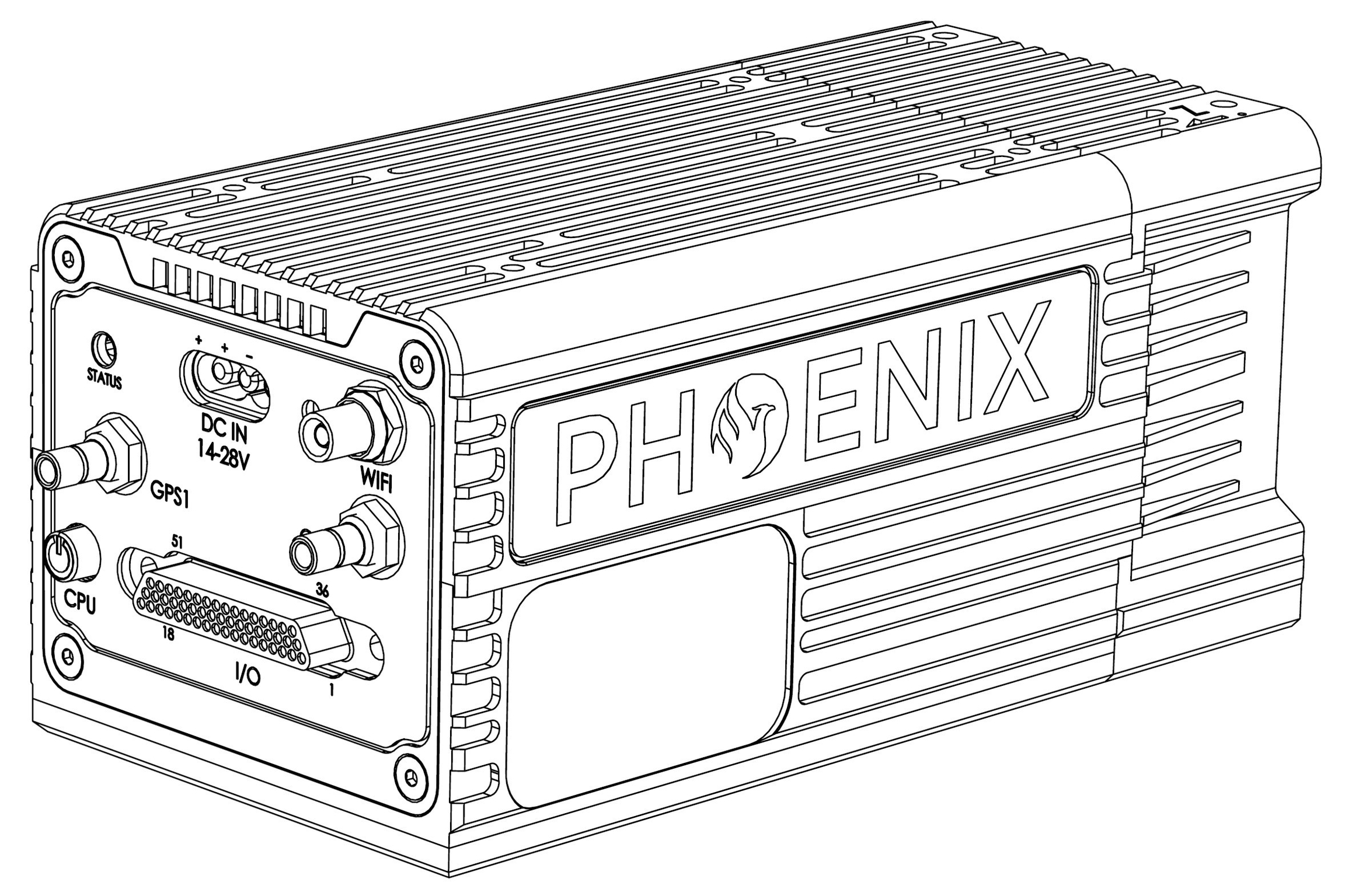Air
Introducing the NEW Phoenix LiDAR AIR NavBox.
Our newest generation, ultra-lightweight (450g) rover NavBox will help meet the rigorous demands of various industries and applications by greatly increasing flexibility in two key areas:
Configuration of heavier payloads for the DJI M600 series
Higher range with the highest resolution cameras on the market.
The new Phoenix LiDAR AIR NavBox offers the most industry-altering capabilities in a tiny box not much bigger than a standard-size computer mouse.

Highlights
Ultra-lightweight with only 450g
Compact size
Streamlined acquisition process: Data will be stored on the removable on-board SD card
Integrated IMU
Integrated WiFi
Data Recording without Spatial Explorer possible
Major Changes compared to older NavBoxes
Rover now starts recording navigation data immediately on initial power on. There is no need to connect to the AIR navbox with SpatialExplorer to initiate data recording. Behind the scenes, rover’s SystemStartup option is set to immediate. Found in Settings → Rover → General → SystemStartup is immediate, not manual.
SpatialExplorer can be used as always to better monitor the system, but is required only to edit and switch between configuration profiles. As stated above, the system is set to record navigation data upon startup and initiate sensor collection with the press of the only button.
All data (navigation, LiDAR, camera) is stored on a microSD card.
Do NOT remove the microSD card when the system is on.
We recommend ONLY removing the microSD when the system is powered off. Do NOT remove the SD card while the AIR Navbox is recording data. In rare cases, you can remove it IF AND ONLY IF the Status-LED is blue/off/blue/off.
The microSD card must be formatted with the exFAT filesystem.
Please refer to the below Air NavBox Guide and the contents below for more information

Contents
SpecificationsPorts and User ElementsStatus LEDUsing the CPU ButtonPreparing the SystemRecording DataQuestions & TroubleshootingLast updated